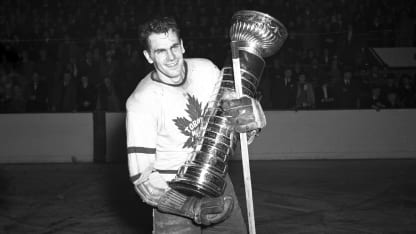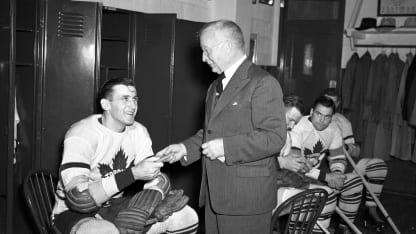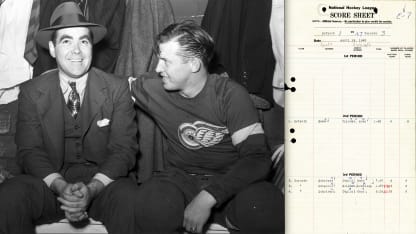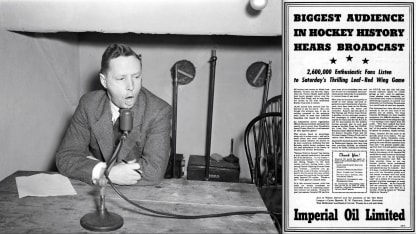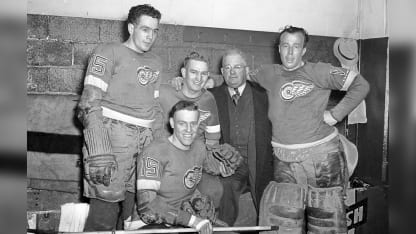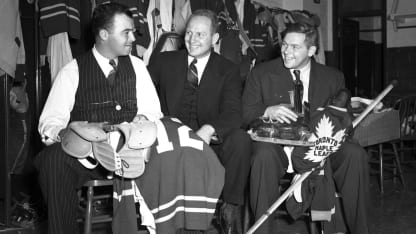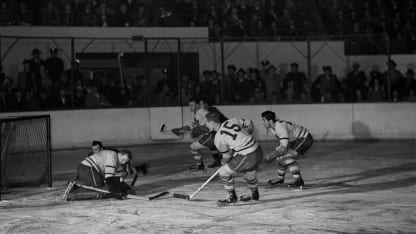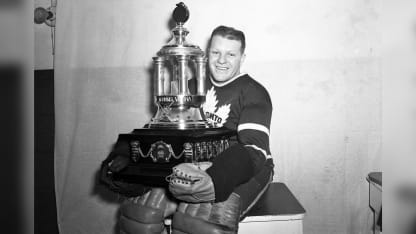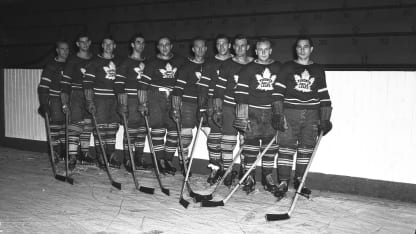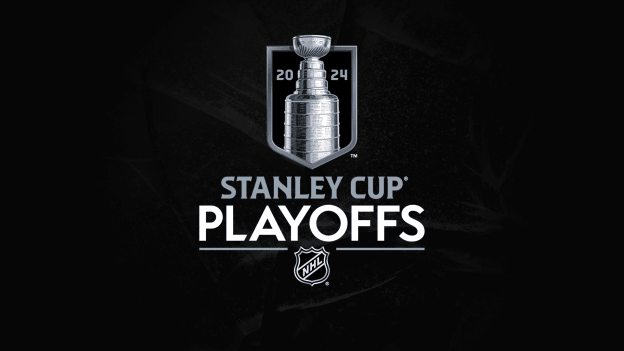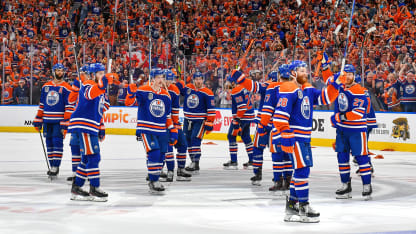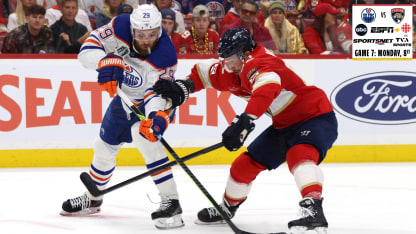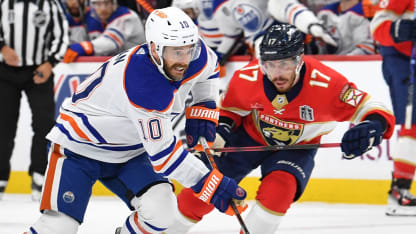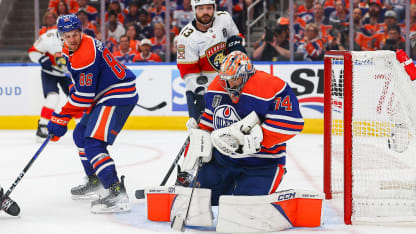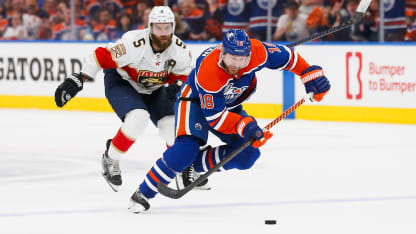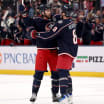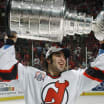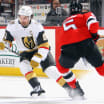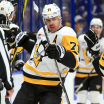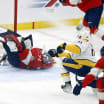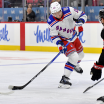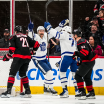Forget for a moment that the Edmonton Oilers are one victory from becoming the first team based in Canada to win the Stanley Cup since the 1993 Montreal Canadiens.
Of much greater historical significance is that with a Game 7 win on Monday at the Florida Panthers (8 p.m. ET; ESPN+, ABC, CBC, TVAS, SN), the Oilers would join the 1942 Toronto Maple Leafs as the only teams to lose the first three games of the Final and then rally to win the championship.
Edmonton has dramatically risen to its feet after having been all but knocked out, Florida one win from its first championship three games in a row.
But with each Oilers elimination-game victory, the 1942 Maple Leafs have increasingly been part of the conversation. Now, Edmonton is knocking on a door that only Toronto has answered since a best-of-7 Stanley Cup Final format was introduced in 1939.
